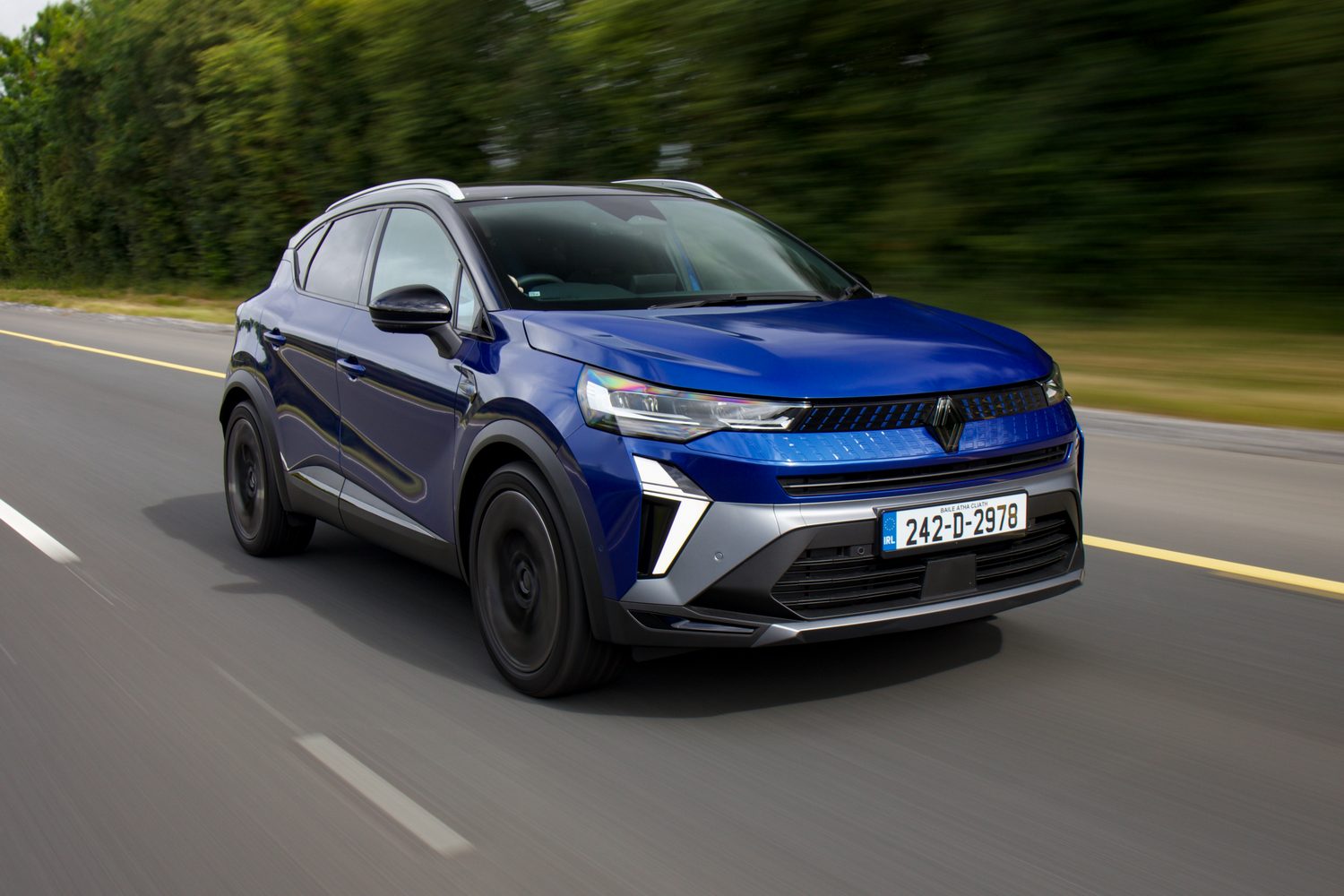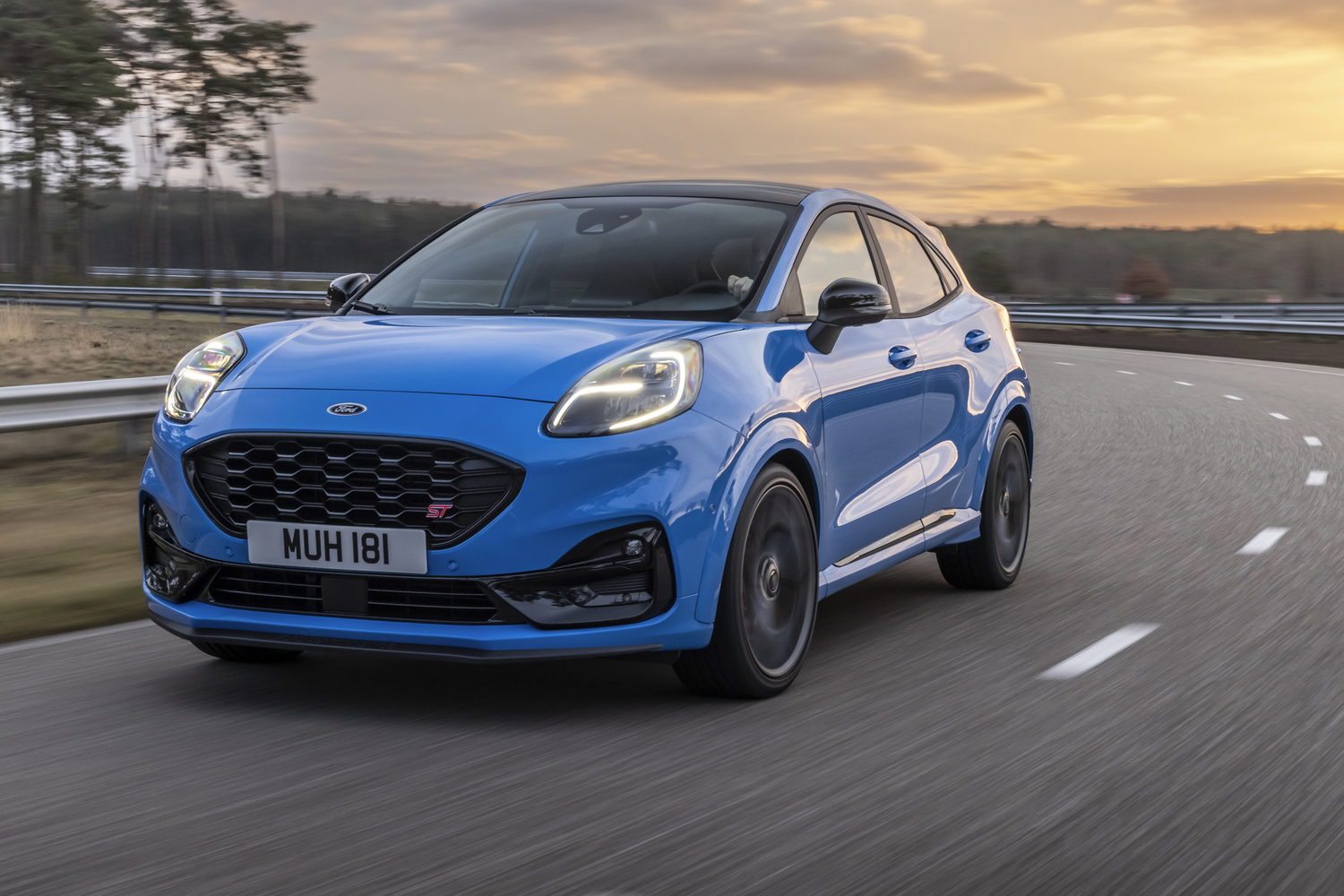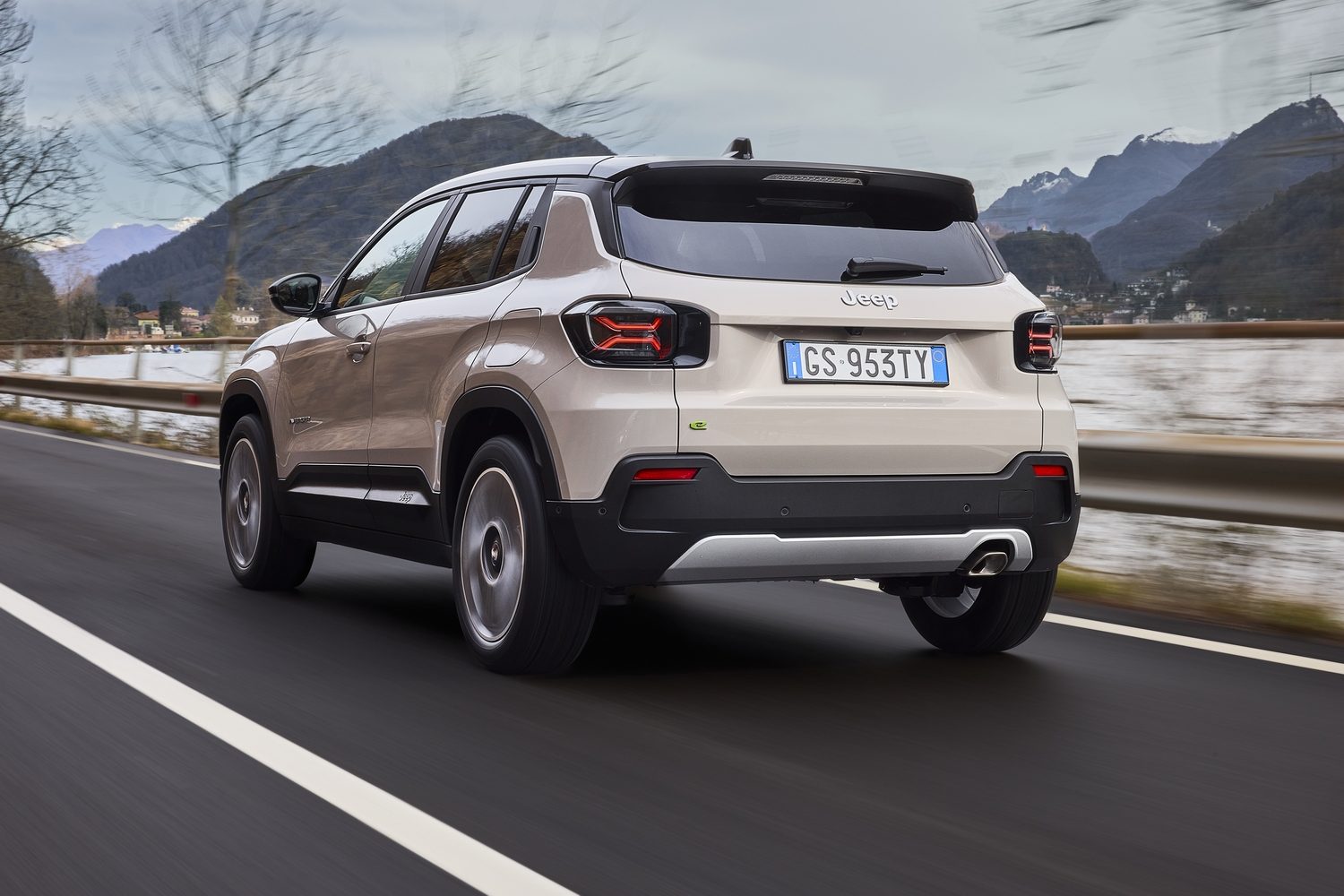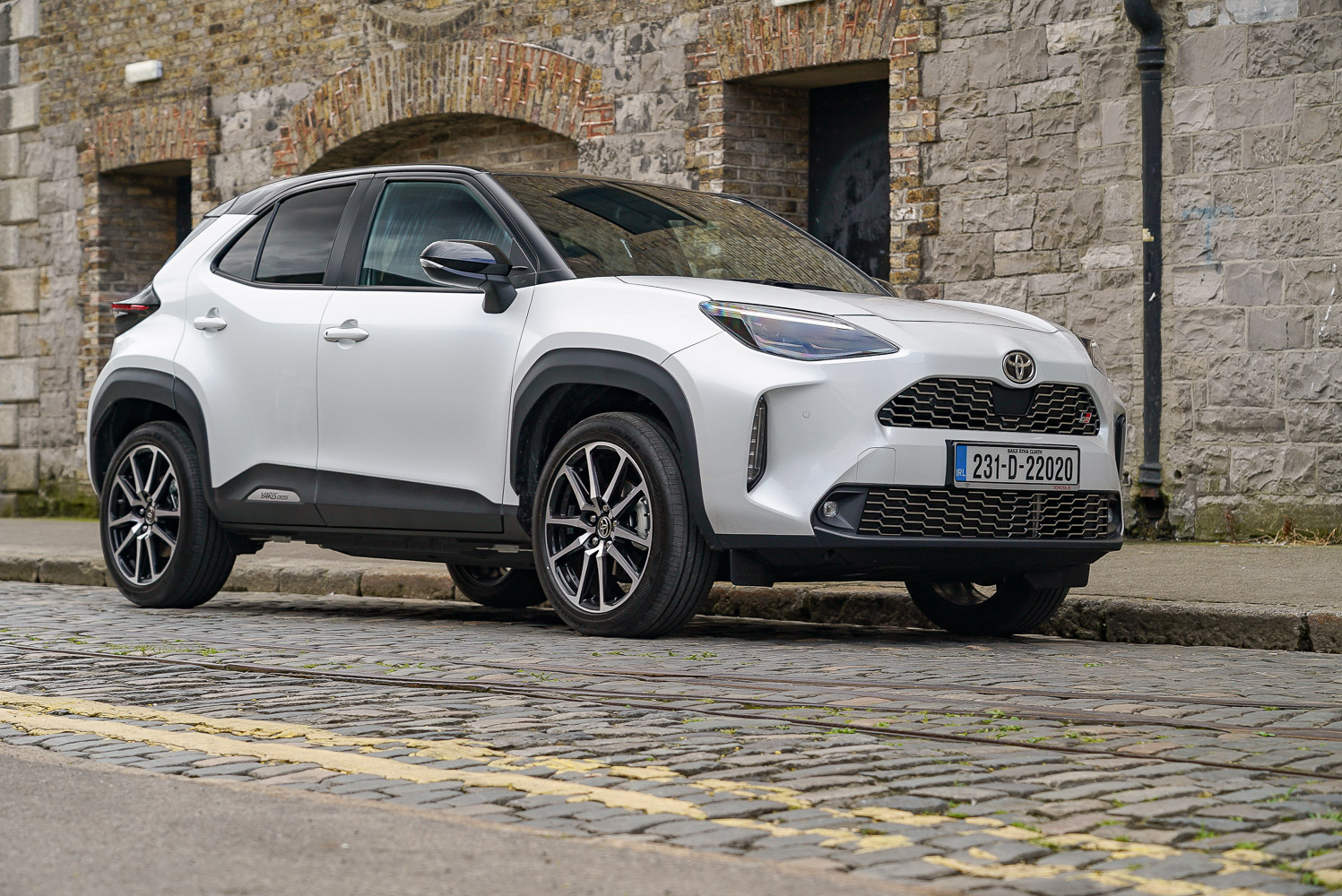Renault gave the ever-popular Captur crossover a major update for 2024, the most conspicuous part of which is a complete restyle at the front. Out go the C-shaped combined headlights and LED daytime running lights, along with the slightly moustache-like grille and chrome Renault diamond badge; in come slimmer, more aggressive-looking LED headlights with separate LED daytime running lights in an arrowhead shape set into the front bumper, plus a more minimalist Renault diamond badge in the centre of a blanked-off fascia that reminds you of the style of the new Scenic electric SUV.
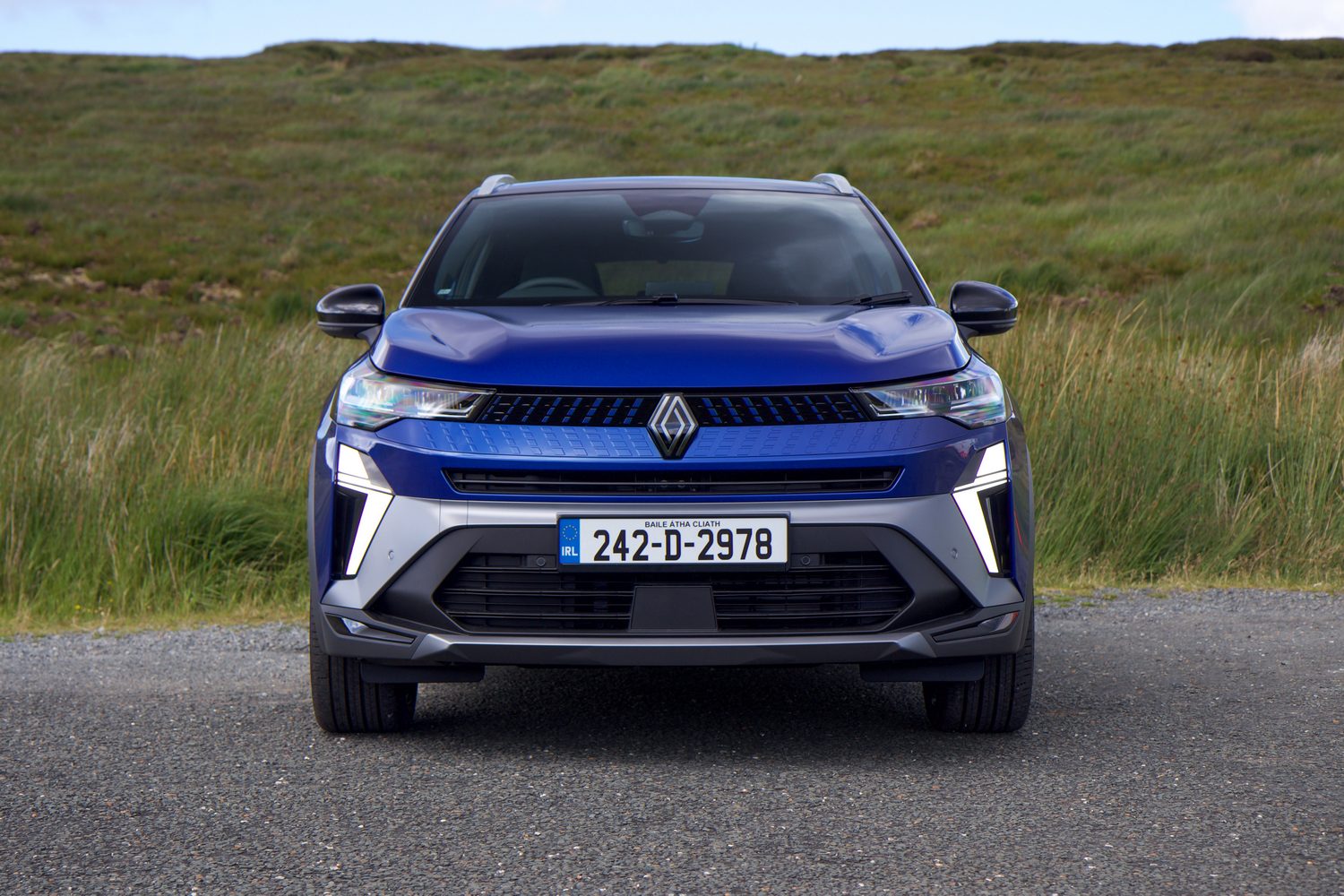
It’s definitely a sharper look for the Captur, a little less cuddly than it was perhaps, but it’s a more handsome machine this time around.
There have been some updates inside too, notably to the big, upright touchscreen which is a massive improvement on what the Captur used to use, and which gets nicely tactile physical buttons for the air conditioning system. There are revised graphics for the digital instrument panel too, and our test car has been given a classy going over to bring it up to Esprit Alpine specification.
How much is the Renault Captur in Ireland?
The updated Captur lineup starts at €29,120 for the Evolution-spec model powered by a turbocharged 1.0-litre three-cylinder petrol engine making 90hp, mated to a six-speed manual gearbox. You can upgrade to the 145hp 1.6-litre hybrid engine in Evolution spec for €33,990.
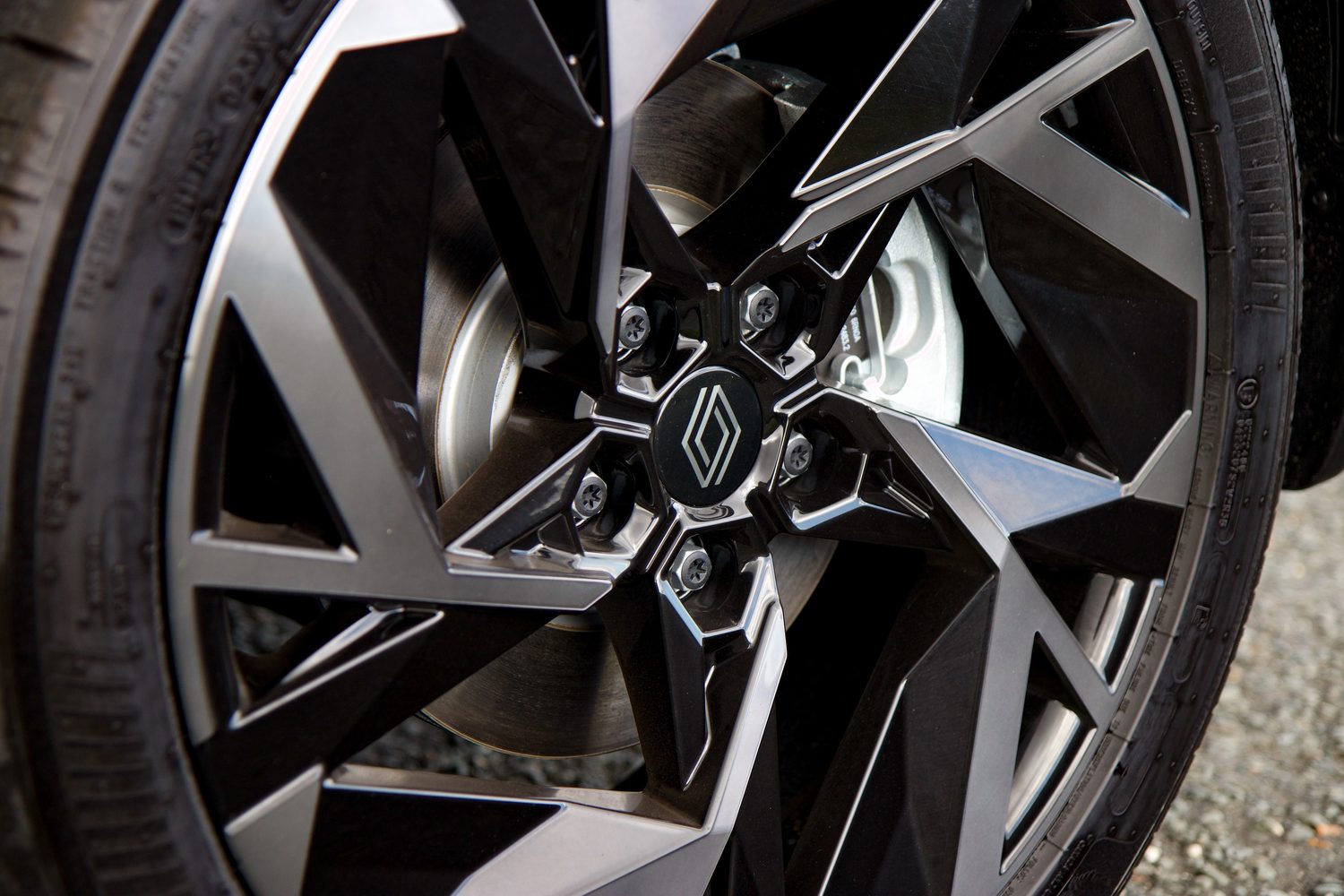
Next up is Techno trim, priced at €31,320 for the petrol engine, or €36,190 for the hybrid. Finally, at the top of the range is the Esprit Alpine trim - named after Renault’s sports car and racing brand - and that costs €38,590 and comes in hybrid form only. That’s the car we’re testing, which also came with optional ‘Iron Blue’ paint with a contrasting black roof. Surely dark blue paint is de rigueur if you’re going to have a car with an Alpine badge (nestling subtly just behind the front wheelarch in this case).
Other Alpine-spec upgrades include 19-inch alloy wheels, Alpine logos on the heated front seats, suede-like upholstery, a heated steering wheel and a smattering of French tricolour flags around the cabin.
Cabin quality has also improved, and the plastics and fabrics on show are a step up from what was previously found in the Captur, while the upright touchscreen is now one of the best in class, with Google-based software and effortless smartphone integration.
Driving the Renault Captur on Irish roads
The Captur Hybrid is a bit of an odd car to drive, mostly because of its gearbox. It’s usually pretty responsive, but sometimes it allows the engine to kind of wander off and do its own thing, somewhat noisily, while you drive along propelled by the electric motors. Renault once constructed a Lego Technic model of the gearbox, as designed by one of its engineers, in an effort to explain how it all works and frankly I still can’t figure it out. It’s still a fairly efficient and effective way to transmit the combined power and torque of the 1.6-litre engine and its two electric motors to the road, though.
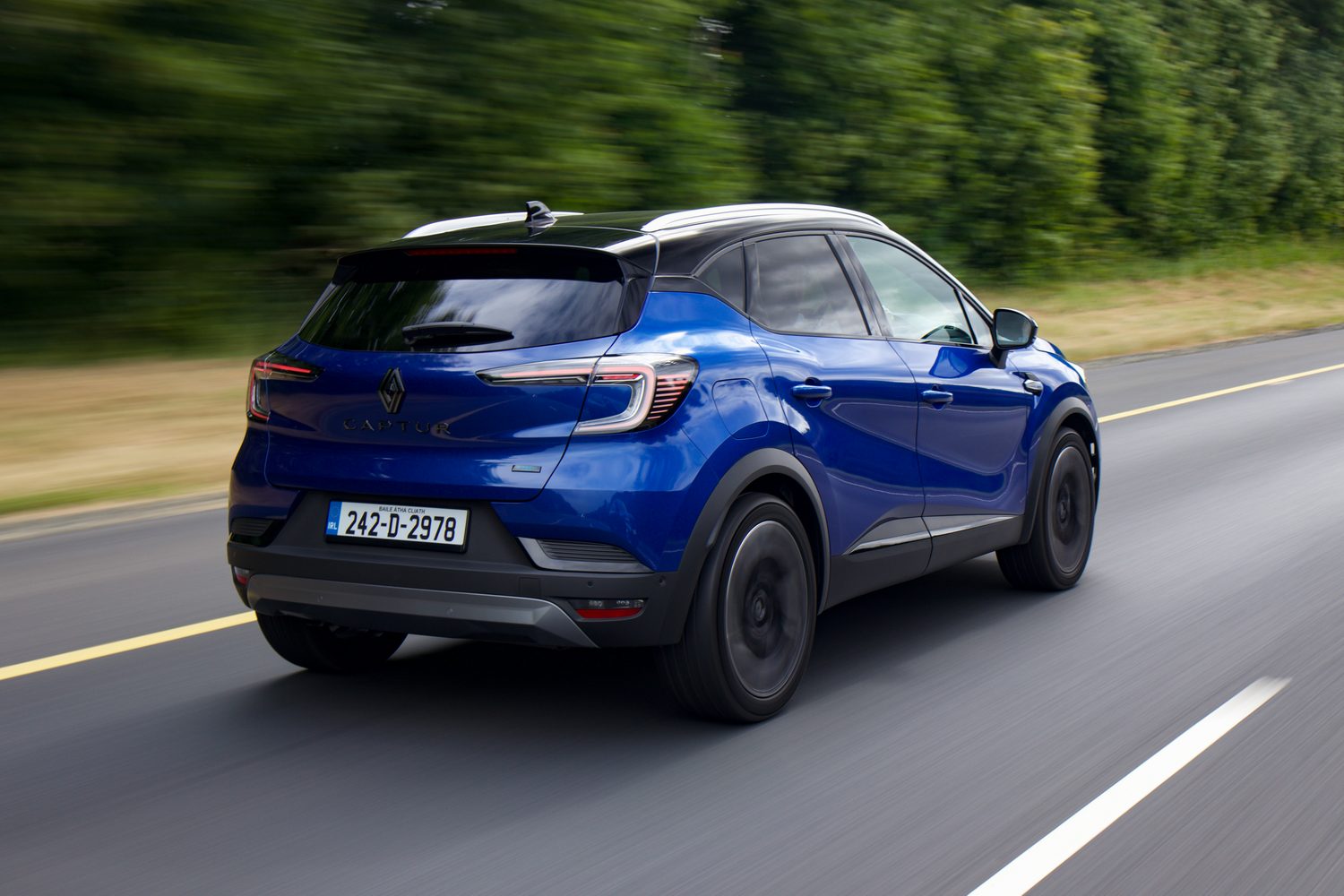
Renault has also given this version of the Captur updated suspension and steering, in an effort to make it more rewarding to drive, and this has certainly worked. Now, it’s not a dramatic transformation, but whereas the preceding Captur was a bit forgettable to drive, this one corners and steers with a little more verve, while still riding in perfectly acceptable manner. In fact, I’d say ‘perfectly acceptable’ pretty well sums up this Captur, especially in Esprit Alpine form. It’s not a thrill-a-minute kind of car, but it drives better than it did, and the Alpine styling bits - inside and out - give it more appeal.
How economical is the Renault Captur?
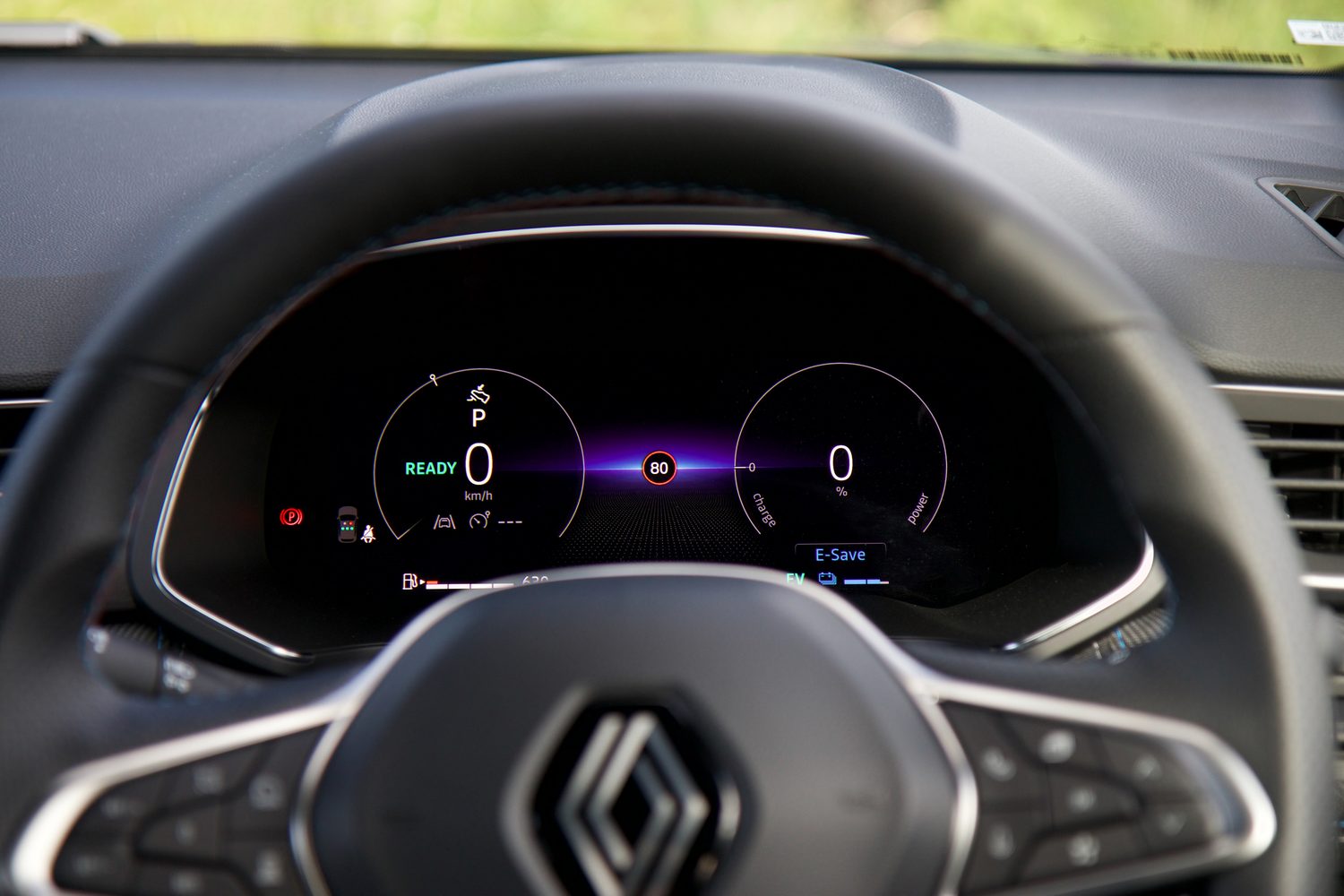
It’s very economical. In fact, over a week with the car we returned an average fuel consumption score of 5.5 litres per 100km, which is only 0.8 litres away from the official WLTP figure, and I reckon if we’d spent a bit more time around town (where the Captur can spend a considerable amount of each journey running on electric power) and a bit less on the motorway, then we’d probably have matched Renault’s official number. CO2 of 107g/km is also an impressive figure, and it makes the hybrid Captur one of the cheapest cars without a plug to tax.
What are the Renault Captur’s rivals?
It’s a crowded section of the market, this compact crossover spot, and not only must the Captur see off rivals from outside of the Renault Group, such as the Toyota Yaris Cross, the Skoda Kamiq, the Volkswagen T-Cross, the Ford Puma and the Peugeot 2008, but it must also put up with competition from within, such as the new Dacia Duster, the Nissan Juke which shares the Captur’s hybrid tech, and even the Renault Symbioz, which, in spite of being a bigger, pricier car, is in the mix once you’re up at the Captur Esprit Alpine’s price.
How popular is the Renault Captur in Ireland?
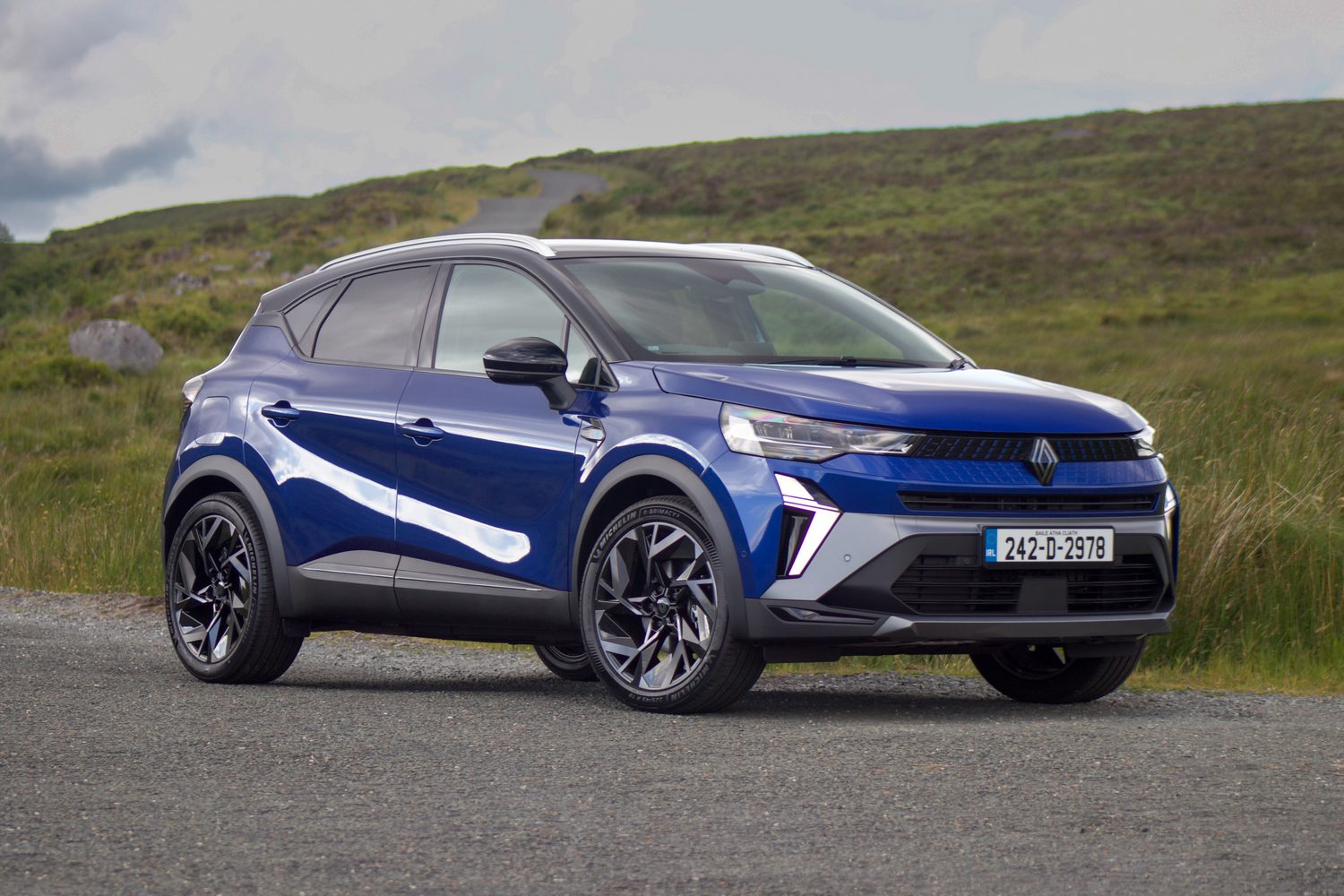
The Captur has always been a big seller in Ireland, right back to the introduction of the original model in 2013. While it has at times topped the sales charts for small crossover SUVs, these days the Captur has had to give way to both the Toyota Yaris Cross and the Nissan Juke, but it’s still a strong seller, with more than 800 finding homes in Ireland in 2024, around three per cent fewer than in 2023, but then this updated Captur only arrived in the middle of the year, which will have restricted its sales a little bit. We’d expect it to bounce back in 2025.
Does the Renault Captur Hybrid nail the brief?
Yes, it most certainly does. This Esprit Alpine model is pretty pricey for a Captur, but you’d consider it worth it once you’ve sat in the comfortable, almost luxurious interior. The chassis updates have brought a bit more precision and enjoyment to driving the Captur (most owners probably won’t consciously notice, but they’ll still appreciate the better driving experience) and while the hybrid system is a little odd, we’ll forgive its quirks because it’s economical, and also because I’m quite keen to figure out exactly how that gearbox works. Lower spec models will retain much of the charm (albeit, alas, not the French flags) and its big touchscreen is one of the few that actually improves life on board, rather than just being a source of frustration.
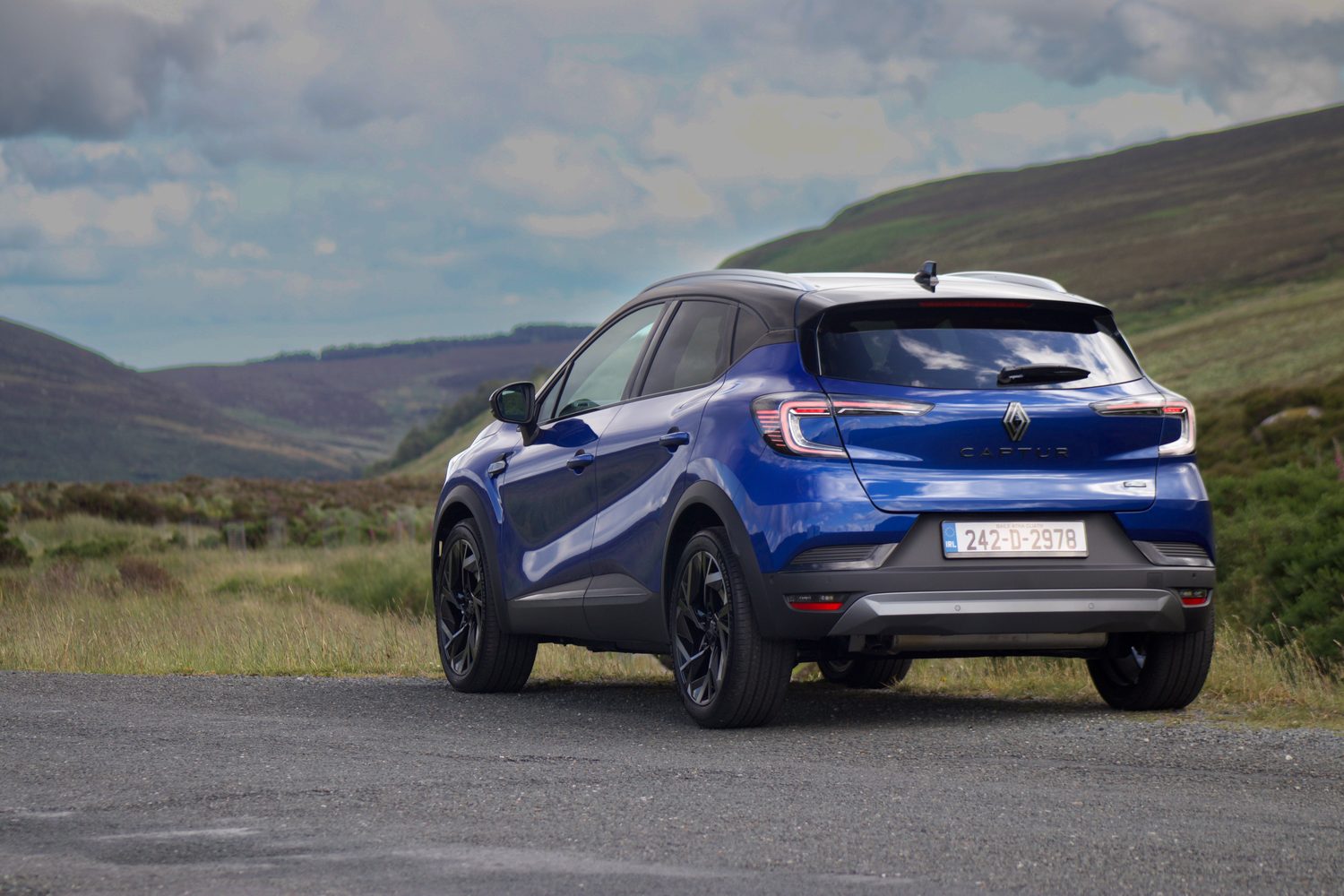
Ask us anything about the Renault Captur
If there’s anything about the Renault Captur we’ve not covered, or you’d like advice in choosing between it and other cars, you can avail of our (completely free) expert advice service via the Ask Us Anything page.

